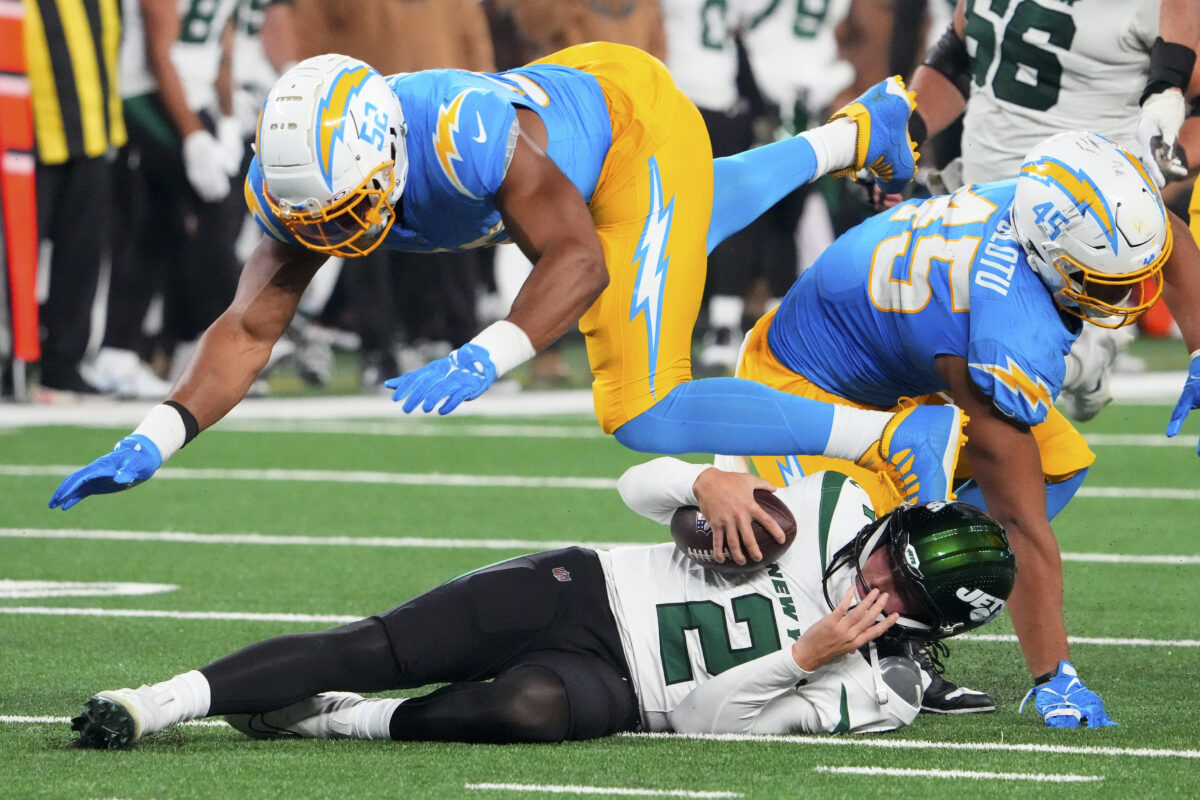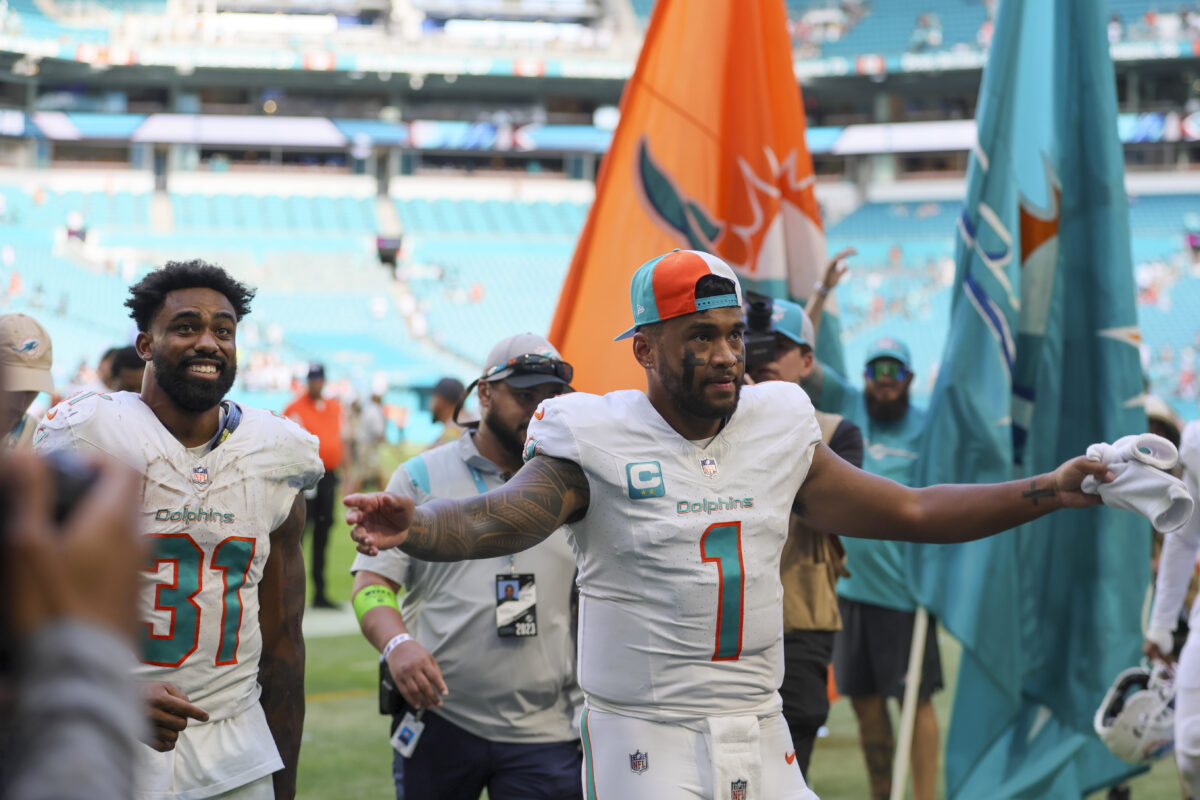We have a new worst starting quarterback in the 2023 NFL regular season. To no one’s surprise, it’s Zach Wilson.
Wilson has spent the bulk of the year shrinking from an unexpected spotlight with the New York Jets. After beginning the season as Aaron Rodgers’ understudy, he’s since emerged to prove New York right to trade a bevy of draft picks to the Green Bay Packers for even a whiff of Aaron Rodgers and the hope he brought.
Week 9 left his crapulence on full display. A Monday Night Football showdown with the Los Angeles Chargers saw Wilson’s inability to generate plays downfield and his utter lack of pocket awareness slam into each other like two drunk aunts trying to Cupid Shuffle in the fourth hour of a wedding reception.
He was sacked eight times and struggled even when protected. As a result, the Jets made it four straight games with 10 points or fewer in regulation in games where their overtaxed defense can’t generate multiple turnovers.
Wilson’s the worst, but who’s the best? A lackluster season of quarterback play has left that up for debate. Advanced stats suggest Jalen Hurts is coming for the crown — but that he’ll have to slide past, huh, Brock Purdy to get there.
Let’s talk about those stats. Expected points added (EPA) is a concept that’s been around since 1970. It’s effectively a comparison between what an average quarterback could be expected to do on a certain down and what he actually did — and how it increased his team’s chances of scoring. The model we use comes from The Athletic’s Ben Baldwin and his RBSDM.com website, which is both wildly useful AND includes adjusted EPA, which accounts for defensive strength. It considers the impact of penalties and does not negatively impact passers for fumbles after a completion.
The other piece of the puzzle is completion percentage over expected (CPOE), which is pretty much what it sounds like. It’s a comparison of all the completions a quarterback would be expected to make versus the ones he actually did. Like EPA, it can veer into the negatives and higher is better. So if you chart all 32 primary quarterbacks — the ones who played at least 144 snaps in nine weeks — you get a chart that looks like this:

Top right hand corner is good. Bottom left corner is bad. Try splitting those passers into tiers and you get an imperfect seven-layer system that looks like this:

These rankings are sorted by a composite of adjusted EPA and CPOE to better understand who has brought the most — and the least — value to their teams across the small sample size. It’s not a full exploration of a player’s value, but it’s a viable starting point. Let’s take a closer look.



